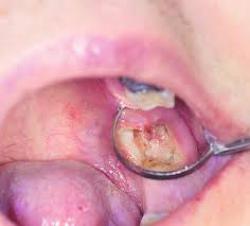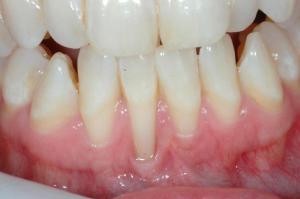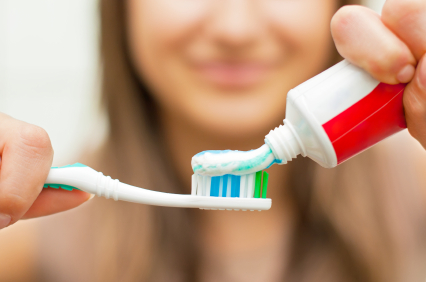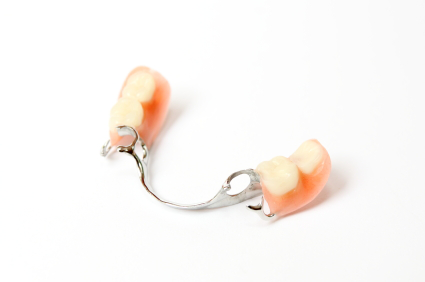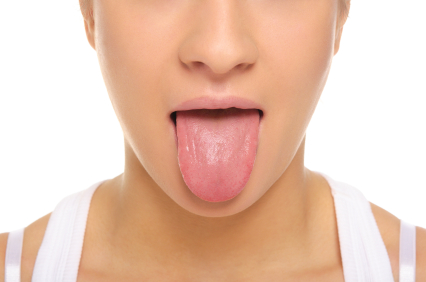The benefits of private orthodontics
When considering having orthodontics, there may sometimes be the option of private or NHS treatment and it can be different to decide which choice is right for you. Discussed here are some of the differences in private and NHS treatments.
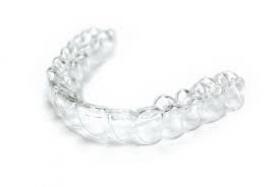
Private vs NHS Orthodontics
Cost
Undoubtedly, the cost of private orthodontics is greater than NHS orthodontics. As with all NHS treatments, the patient pays only a reduced fee while the rest is shouldered by the NHS. For children under 18, this fee is completely waived.
Ease of Adult Treatment
The NHS only allows the treatment of those with considerable oral discrepancies (either cosmetic or functional). Initially all adults and children need an examination to see if they are able to have orthodontics on the NHS. While it is relatively common to fulfil the criteria as a child, adult treatment on the NHS is very difficult to find and is often reserved only for special cases, which are then treated in a dental hospital.
By selecting private treatment, all options will be available to you. The difficulty involved in finding an NHS dentist who can treat adult patients at a reduced fee is eliminated.
Waiting Lists
Waiting lists are often considerable in NHS practices, with adults and children waiting a year or more for treatment because of the sheer number of patients. Most private orthodontic practices will be able to begin your treatment within only a short while of your initial consultation.
Aesthetics
In terms of fixed braces (ones that cannot be removed), the NHS is only able to offer standard metal brackets and wire. However, you will be able to choose the colour of the elastics that hold the wire in place; many children like to change the colours during each visit. In private practice there are many more options available: white brackets with aesthetic wires are a popular option amongst adults and children, especially those involved in theatre work and public speaking. Lingual braces (that sit on the inside surface of the teeth rather than the outside) are also becoming increasingly popular as they are practically invisible, as are invisible removable braces such as Invisalign.
Appointment Types and Times
Many NHS practices that treat children often work to a very tight schedule due to the numbers of patients they treat. Appointment times are less flexible and some NHS practices are known to only allocate each child a 5 minute slot, not nearly allowing enough time to form any sort of relationship with the patient or answer any questions. Private practices are more likely to allow for longer, more personal appointments with a greater flexibility of time and date.
Find Out More About Private Orthodontics
To find out more about the type of private orthodontics offered by Scott Arms Dental Practice, visit our orthodontic page or call our receptionist team at 0121 357 0500
Posted in: Orthodontics
Leave a Comment (0) →
